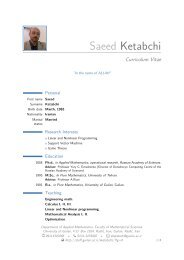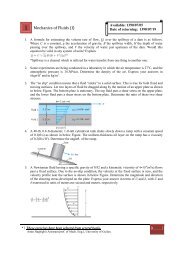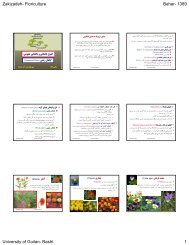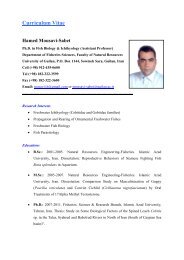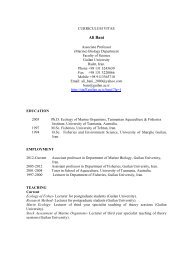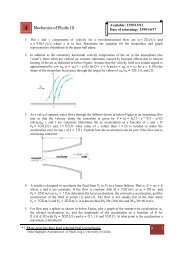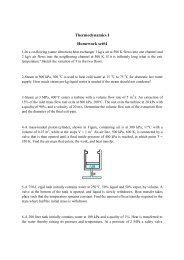Medical Tourism in Developing Countries
Medical Tourism in Developing Countries
Medical Tourism in Developing Countries
- No tags were found...
Create successful ePaper yourself
Turn your PDF publications into a flip-book with our unique Google optimized e-Paper software.
116 ● <strong>Medical</strong> <strong>Tourism</strong> <strong>in</strong> Develop<strong>in</strong>g <strong>Countries</strong>Accord<strong>in</strong>g to table 5.4, over 90 percent of the populations <strong>in</strong> five countriesunder study have access to sanitation facilities. In the Philipp<strong>in</strong>es andSouth Africa, the percentages are 73 and 67 respectively, and only India(at 30 percent) falls below the global average of 48 percent. 82TelecommunicationsTo the extent that the end of the twentieth century has witnessed a revolution,it has been <strong>in</strong> telecommunications. With the <strong>in</strong>creases <strong>in</strong> telephoneusage per capita, the ease with which <strong>in</strong>ternational media has permeatedthe lives of distant communities, and the astonish<strong>in</strong>g growth of the computerand Internet as personal and bus<strong>in</strong>ess tools, telecommunications havemodernized production and enhanced <strong>in</strong>ternational competitiveness. Thisapplies to the tourist sector as much as any other. As a result of enhancedcommunication, potential medical tourists have the capacity to more readilyga<strong>in</strong> <strong>in</strong>formation about their desired dest<strong>in</strong>ations and available procedures,as was discussed <strong>in</strong> chapter 3. Tour operators and airl<strong>in</strong>es are better able toprovide pric<strong>in</strong>g <strong>in</strong>formation and potential patients are better able to reapthe benefits of competition by comparison shopp<strong>in</strong>g. The Internet hasplayed an especially large role <strong>in</strong> government promotion of medical tourismby provid<strong>in</strong>g valuable <strong>in</strong>formation to both demanders and suppliers. Thus,telecommunications <strong>in</strong> general have succeeded <strong>in</strong> spread<strong>in</strong>g <strong>in</strong>formationabout distant locations faster and more thoroughly than any tool previouslyused by tourists and/or patients.S<strong>in</strong>ce cell phone networks are less expensive to build and easier to operatethan land l<strong>in</strong>es, cellular phones per 1,000 people is an appropriate<strong>in</strong>dicator of the spread of telecommunications, as is the extent of Internetusers per 1,000 people. The global average is 134 and 53 respectively, andaccord<strong>in</strong>g to table 5.4 all countries under study are significantly above thatwith the exception of India and Cuba. 83 India’s vast rural population, illiterateand remote from the technological urban centers, skews these data.Disaggregated statistics would certa<strong>in</strong>ly show a huge difference betweenurban and rural locations.Cuba’s low scores on both cellular phone and Internet usage (3 and 9people per 1,000, respectively) have a political component as the communistauthorities control personal usage. Nevertheless, Cuba stands out as aremarkable example of how telecommunications technologies can contributeby assist<strong>in</strong>g both the national health-care system as well as promot<strong>in</strong>gmedical tourism. Ann Seror’s study of the Cuban National Health CareTelecommunications Network and Portal (INFOMED) shows how it servesto <strong>in</strong>tegrate health-care <strong>in</strong>formation, research and education, as well as






